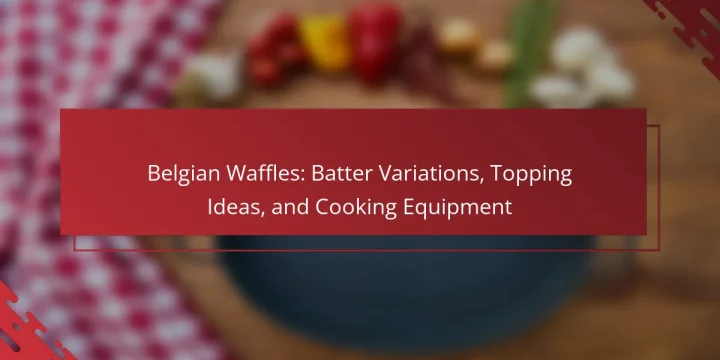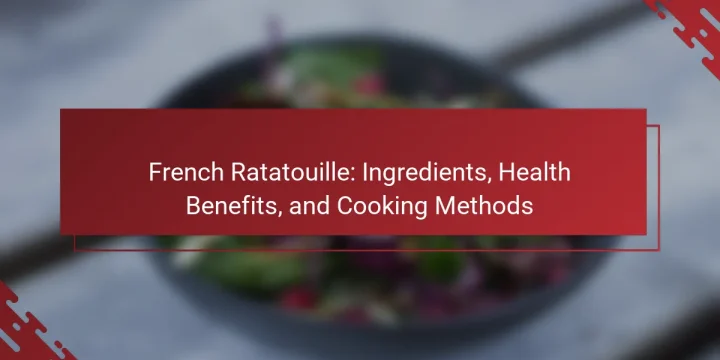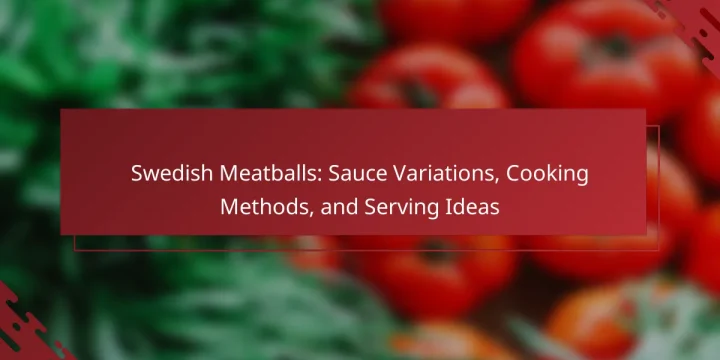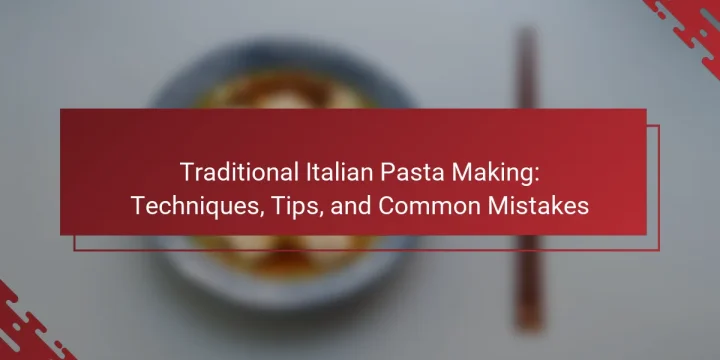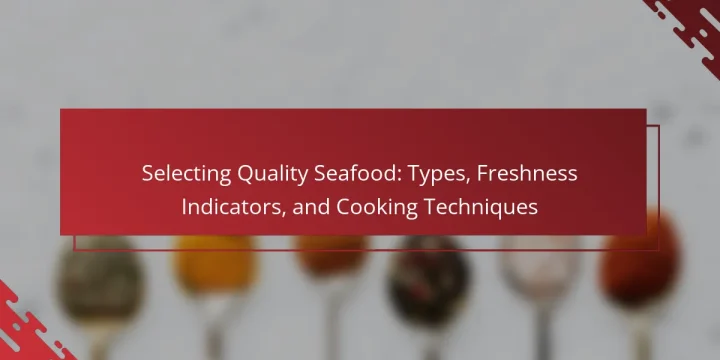
Selecting quality seafood is essential for ensuring freshness and safety in fish and shellfish. Key indicators of quality include a mild ocean smell, firm texture, clear eyes, vibrant colors, and intact shells for shellfish. Proper storage temperatures and sourcing from reputable suppliers are critical for maintaining seafood freshness. The U.S. Food and Drug Administration (FDA) emphasizes the importance of proper labeling to reduce the risk of foodborne illnesses. This article covers various types of seafood, freshness indicators, and effective cooking techniques to enhance culinary experiences. What is Selecting Quality Seafood? Selecting quality seafood involves choosing fresh and safe fish and shellfish. Fresh seafood should have a mild ocean smell, firm texture, and clear eyes. Indicators of quality include bright, vibrant colors and intact shells for shellfish. Seafood should be stored…
